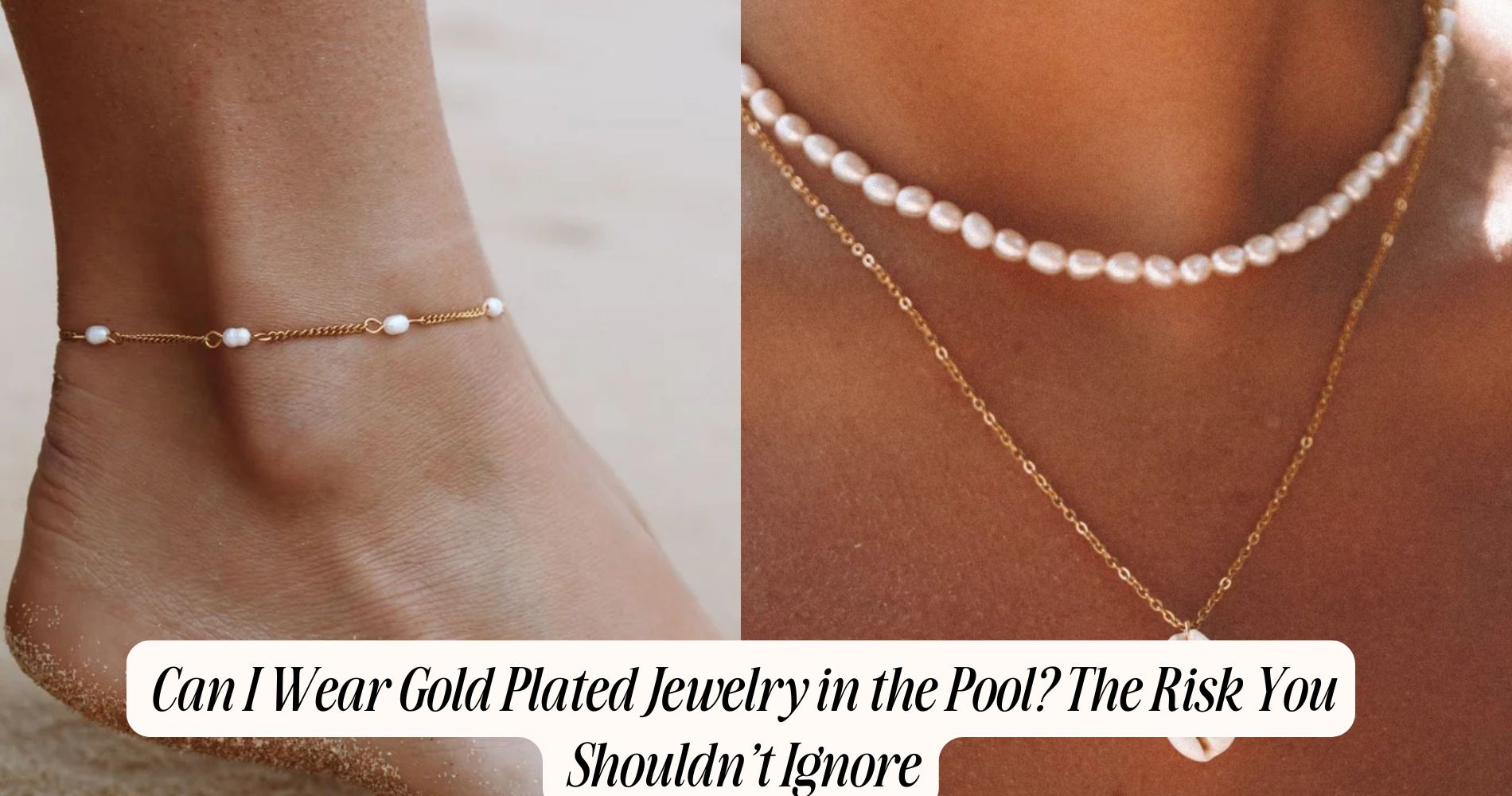
Can I Wear Gold Plated Jewelry in the Pool? The Risk You Shouldn’t Ignore
Can I wear gold-plated jewelry in the pool? It’s best to avoid it. Chlorine can severely damage the gold layer, leading to tarnishing and discoloration. Even brief exposure weakens the protective coating, reducing the jewelry’s durability. Saltwater can also cause corrosion, further diminishing its shine and integrity. To keep your pieces looking beautiful, always remove them before swimming. Learn more about protecting your jewelry and explore our Gold Beachy Jewelry Collection for stunning, ocean-inspired designs.
Understanding Gold Plated Jewelry
When you're considering gold plated jewelry, it's vital to understand what it really means. Gold plating involves a thin layer of gold applied over a base metal, typically through electrolysis. This process gives the piece the appearance of solid gold but with a fraction of the cost.
However, the durability of gold plating can vary considerably based on thickness and the quality of the base metal used. To keep your jewelry looking its best, proper jewelry care is essential.
Avoid exposing it to harsh chemicals, moisture, and friction, as these can wear away the gold layer. Regularly clean your pieces with a soft cloth and store them in a dry place to prolong their lifespan and maintain their shine.
The Impact of Chlorine on Gold Plated Pieces
Although you might love wearing your gold plated jewelry while enjoying a swim, it's important to know that chlorine can greatly affect its appearance and longevity.
Chlorine exposure can cause the gold layer to wear off more quickly, leading to tarnishing and discoloration. Over time, this diminishes your jewelry's durability and could result in a less appealing look.
The protective layer of gold isn't immune to harsh chemicals; even brief exposure can weaken it. To maintain the luster of your pieces, it's best to leave them at home when you hit the pool.
Saltwater and Its Effects on Jewelry
While enjoying a day at the beach, you mightn't realize that saltwater can also pose a threat to your gold plated jewelry.
Saltwater corrosion occurs when the salt in the ocean interacts with the metal beneath the gold plating, leading to deterioration over time. Even minimal exposure can cause your jewelry to lose its shine and integrity.
The risk intensifies if you don't practice proper jewelry maintenance after swimming. Rinsing your pieces with fresh water and drying them thoroughly is essential to prevent buildup and preserve their appearance.
Ignoring these steps could result in irreversible damage, making your investment far less valuable. So, it's wise to think twice before wearing gold plated jewelry in salty waters.
Tips for Protecting Your Gold Plated Jewelry
To keep your gold plated jewelry looking its best, follow these essential tips.
First, use gentle cleaning methods; a soft cloth or a mild soap solution can help remove dirt without damaging the plating. Avoid abrasive cleaners or scrubbing pads, as they can wear away the gold layer.
When you're not wearing your jewelry, opt for proper storage solutions. Keep pieces in a soft pouch or a lined jewelry box to prevent scratches and tarnishing.
Avoid exposing your gold plated items to moisture, perfumes, and harsh chemicals, which can accelerate wear.
Finally, consider wearing your pieces less frequently to prolong their shine and luster.
When to Remove Your Jewelry Before Swimming
When should you consider removing your gold plated jewelry before diving into the pool?
It's crucial to prioritize jewelry maintenance and protect your pieces from potential damage. Before you swim, take off your jewelry if the pool's water contains chlorine or other harsh chemicals, as these can tarnish and degrade the plating.
If you're planning to engage in vigorous activities, like diving or playing water sports, it's wise to remove your jewelry to avoid potential loss or damage.
Additionally, if you notice any signs of wear, like scratches or discoloration, it's a clear signal to keep it out of the water.
Frequently Asked Questions
Can I Wear Gold Filled Jewelry in the Pool?
You shouldn't wear gold filled jewelry in the pool. While it's more durable than gold plated, chlorine and saltwater can still damage its finish over time. Proper jewelry care is essential for maintaining its beauty.
How Can I Tell if My Jewelry Is Gold Plated?
To identify gold plating, look for a stamp indicating karat weight, check for color differences, or use a magnet—gold plated items are usually non-magnetic. Understanding how gold plating works helps you distinguish it from solid gold.
What Should I Do if My Jewelry Tarnishes?
If your jewelry tarnishes, clean it gently with a soft cloth and mild soap. For tarnish prevention, store it in a dry, airtight container and avoid exposure to moisture, chemicals, and direct sunlight. Regular jewelry care is essential.
Is It Safe to Shower With Gold Plated Jewelry?
Showering with gold plated jewelry isn't suitable for shower safety. Water and soap can accelerate tarnishing and damage. For best jewelry care, remove your pieces before showering to maintain their shine and longevity.
How Long Does Gold Plating Typically Last?
Gold plating typically lasts anywhere from a few months to a couple of years, depending on gold durability and how well you maintain it. Proper care, like avoiding harsh chemicals, can greatly extend its lifespan.
Conclusion
To sum up, while it might be tempting to wear your gold plated jewelry to the pool, it's best to take it off. Chlorine and saltwater can damage the plating, leading to tarnishing and loss of luster. To keep your jewelry looking its best, always remove it before swimming, and store it safely. By taking these precautions, you can preserve the beauty and longevity of your cherished pieces without risking unnecessary damage.







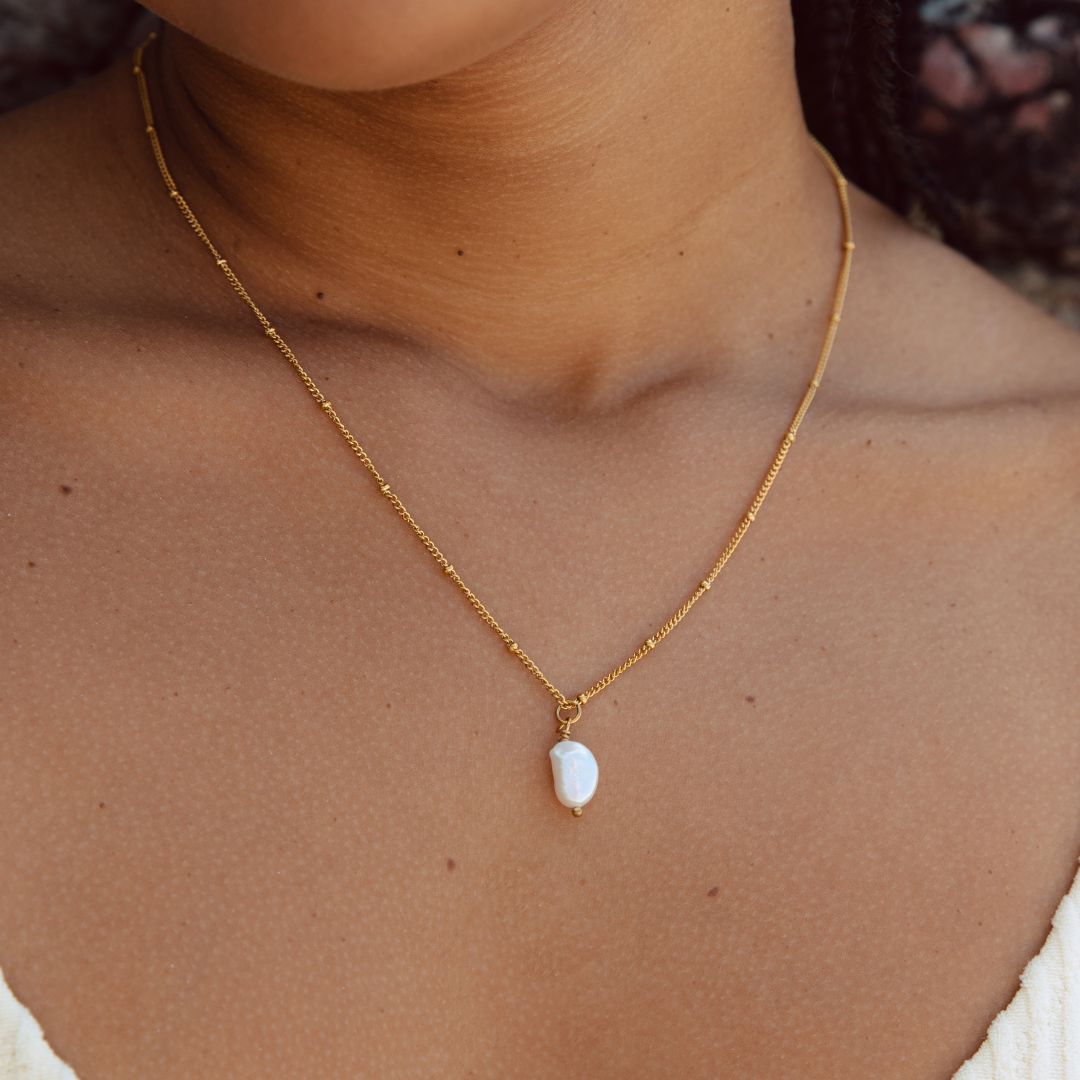

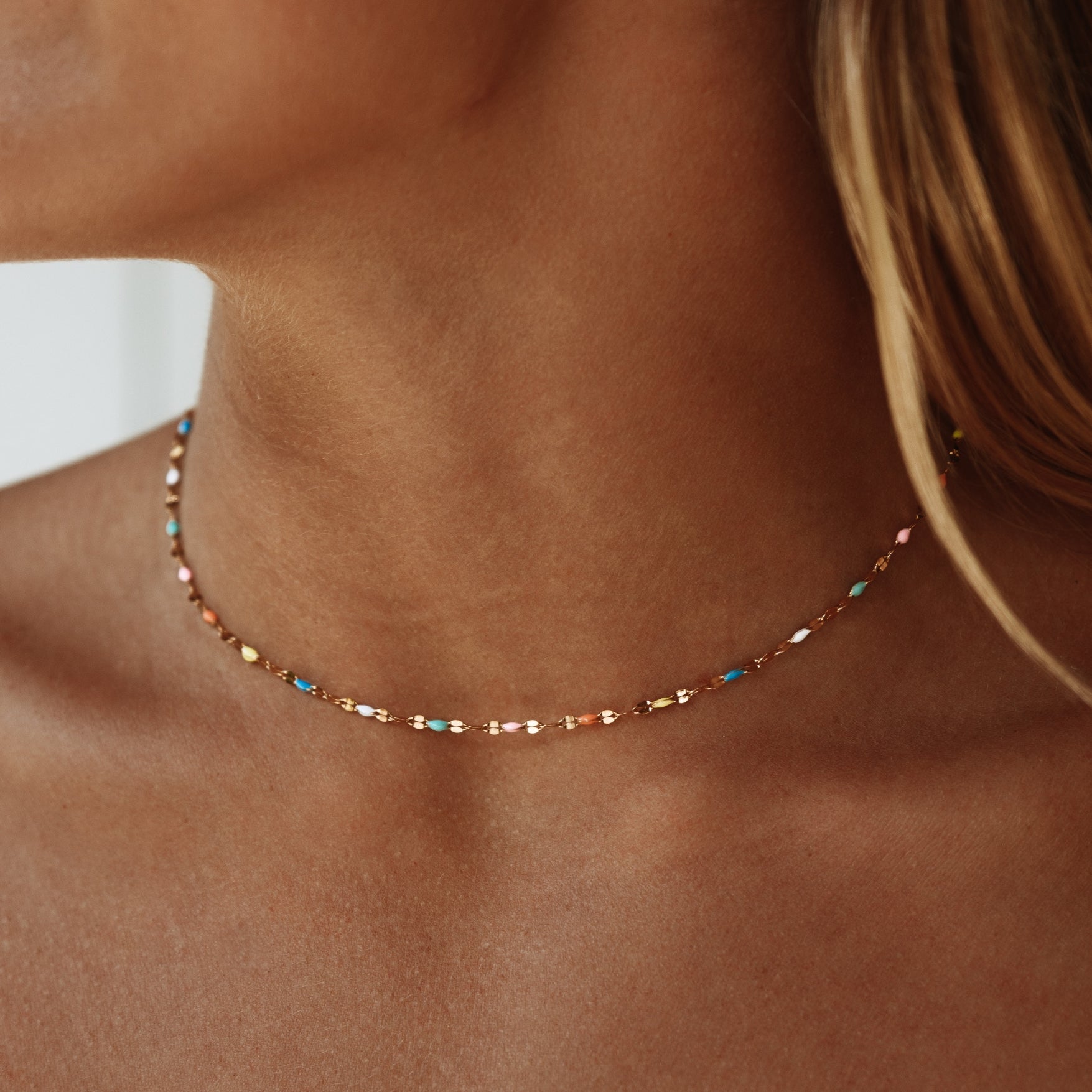


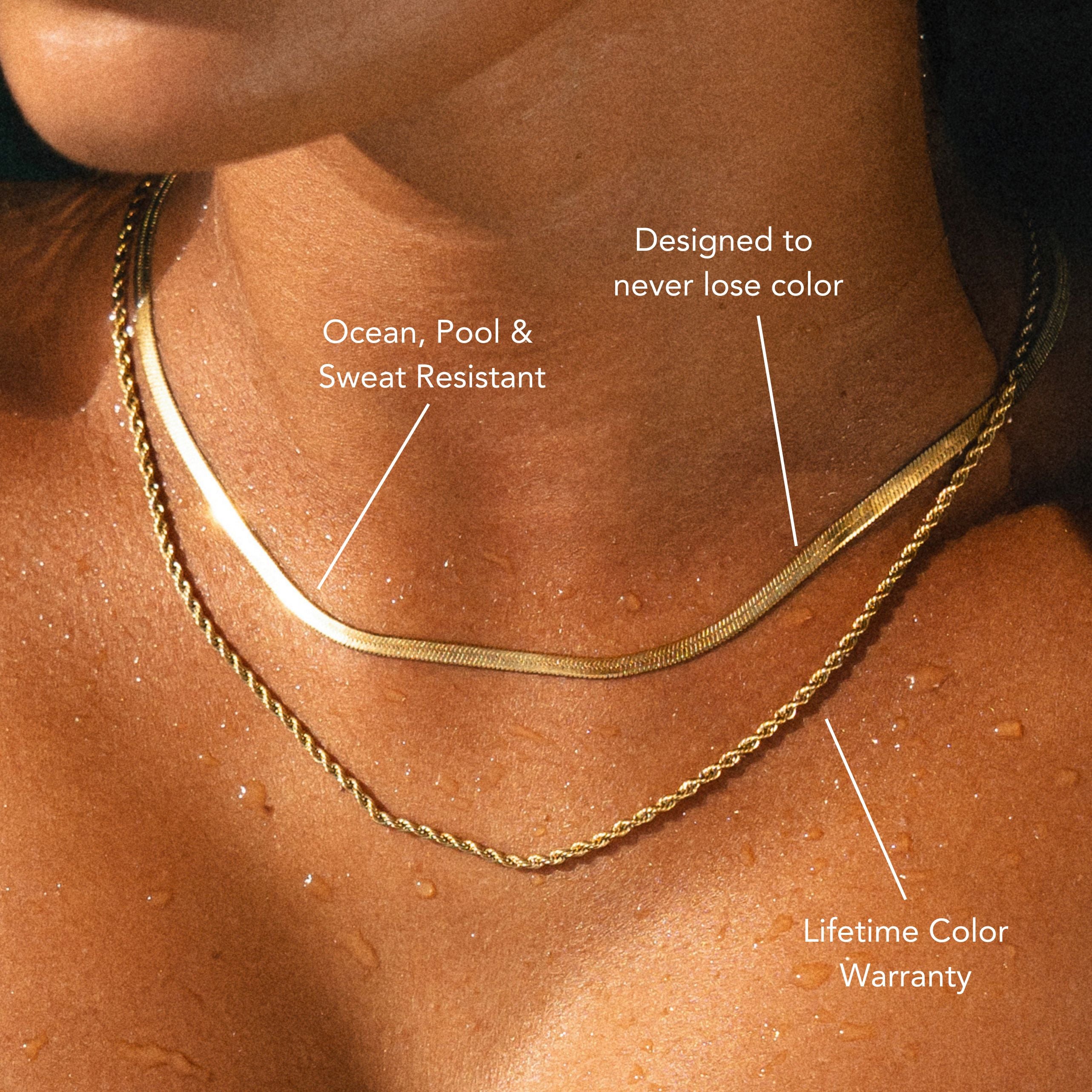
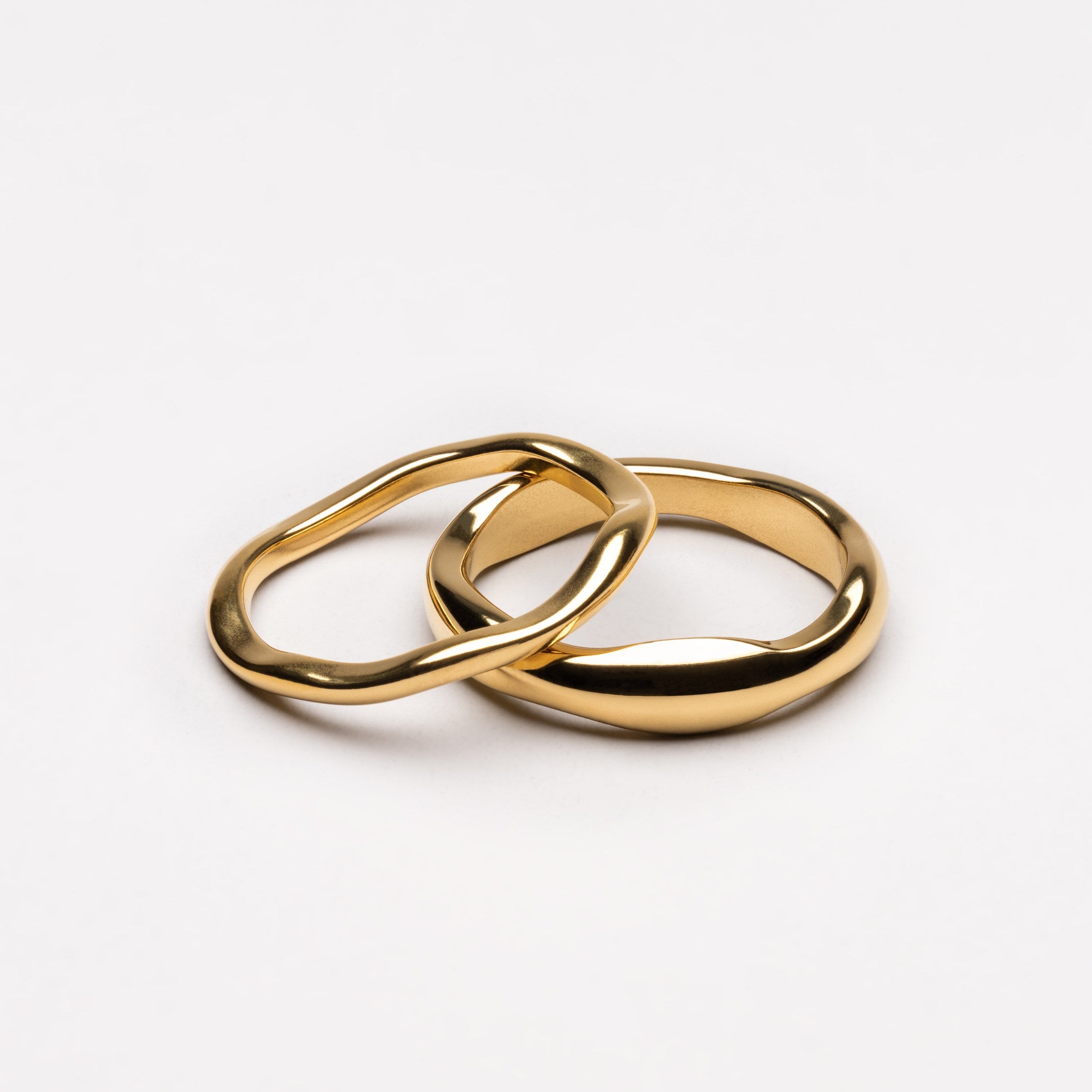
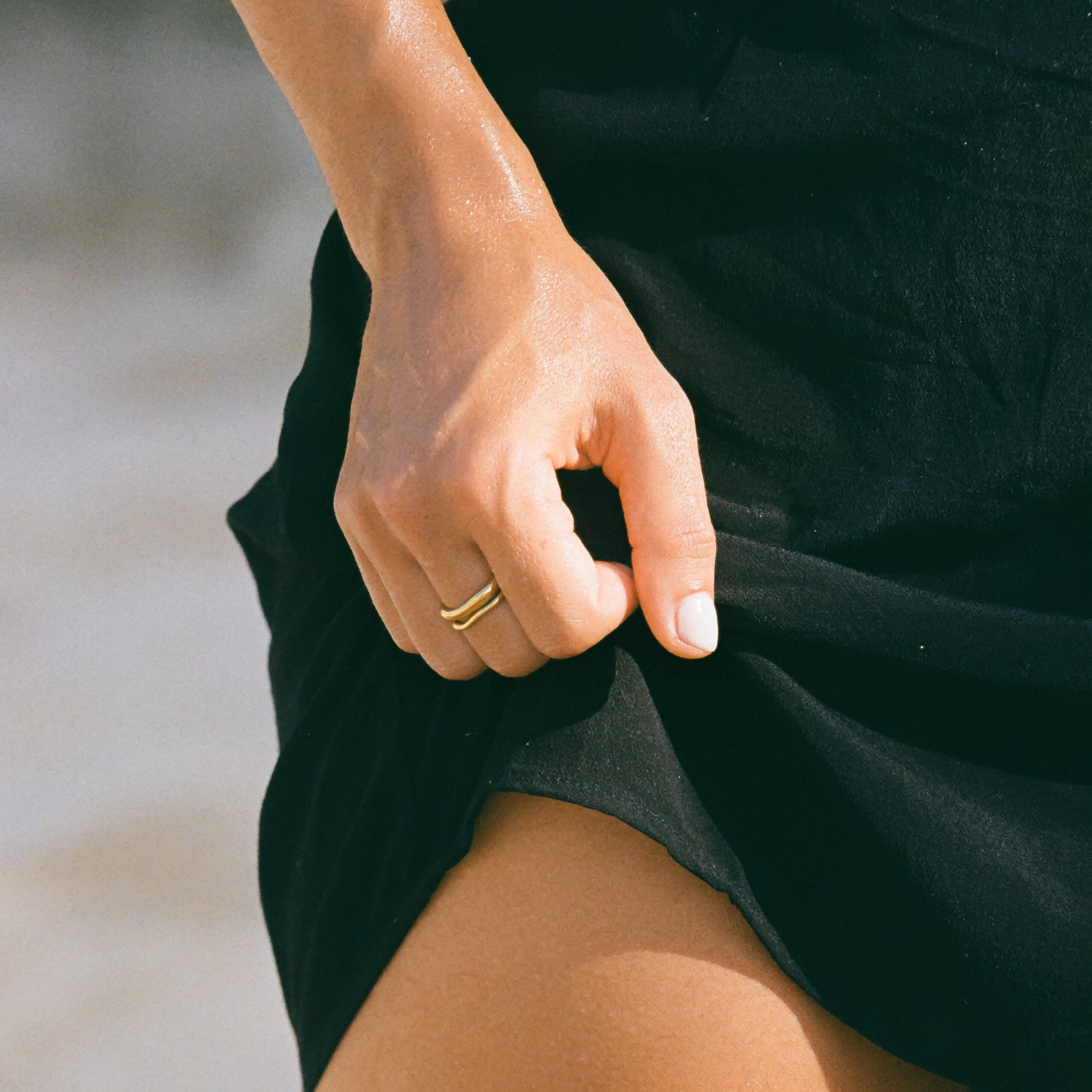

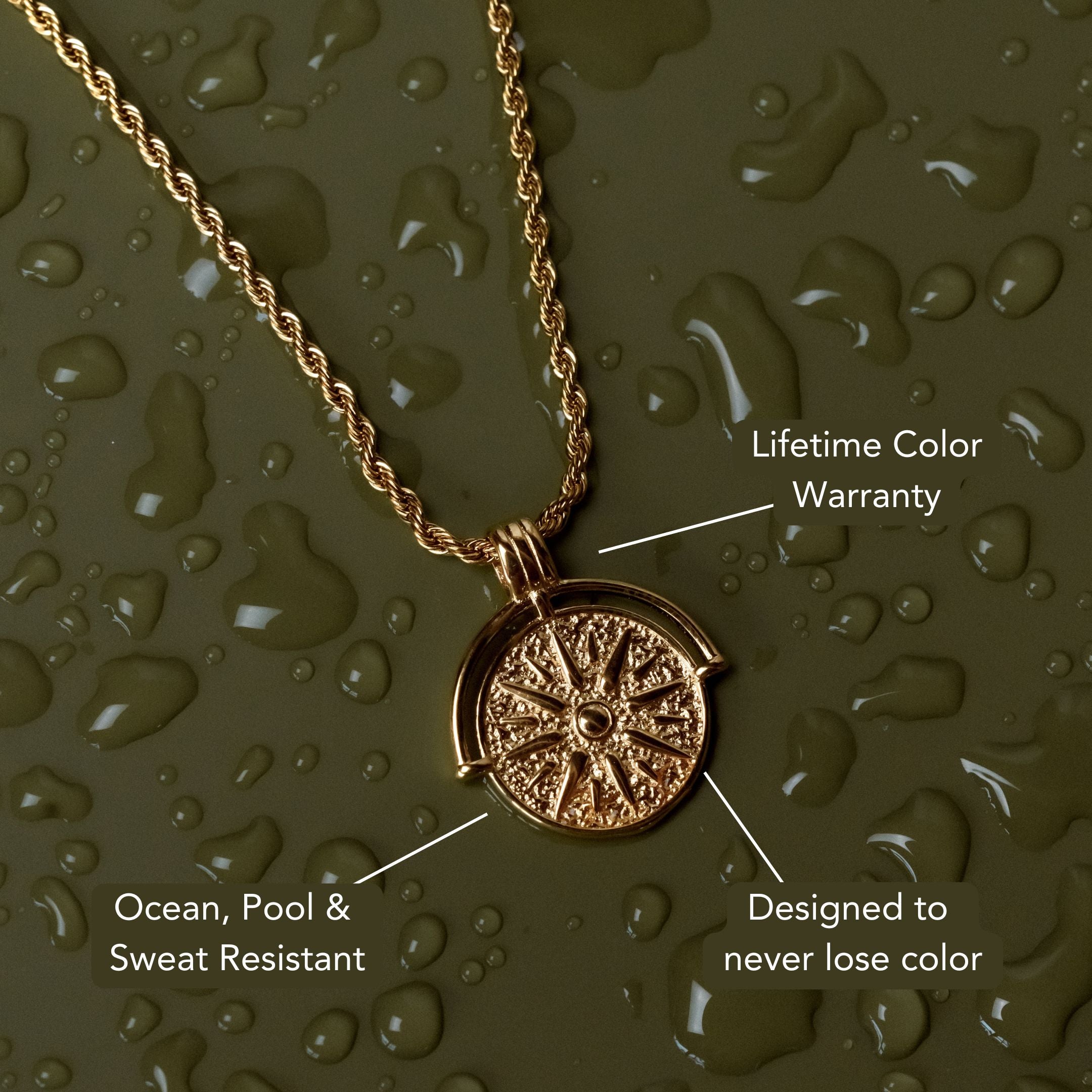
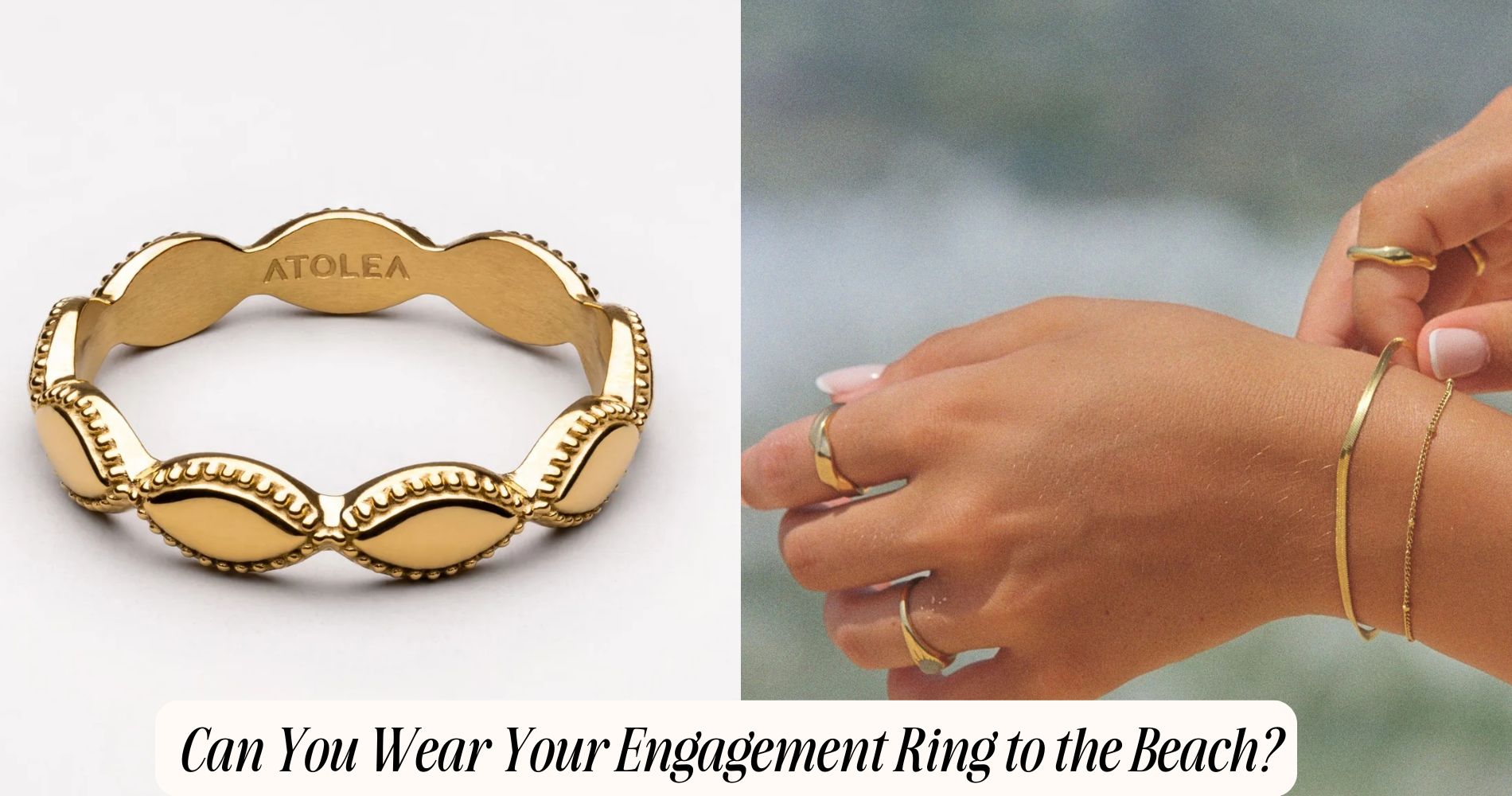
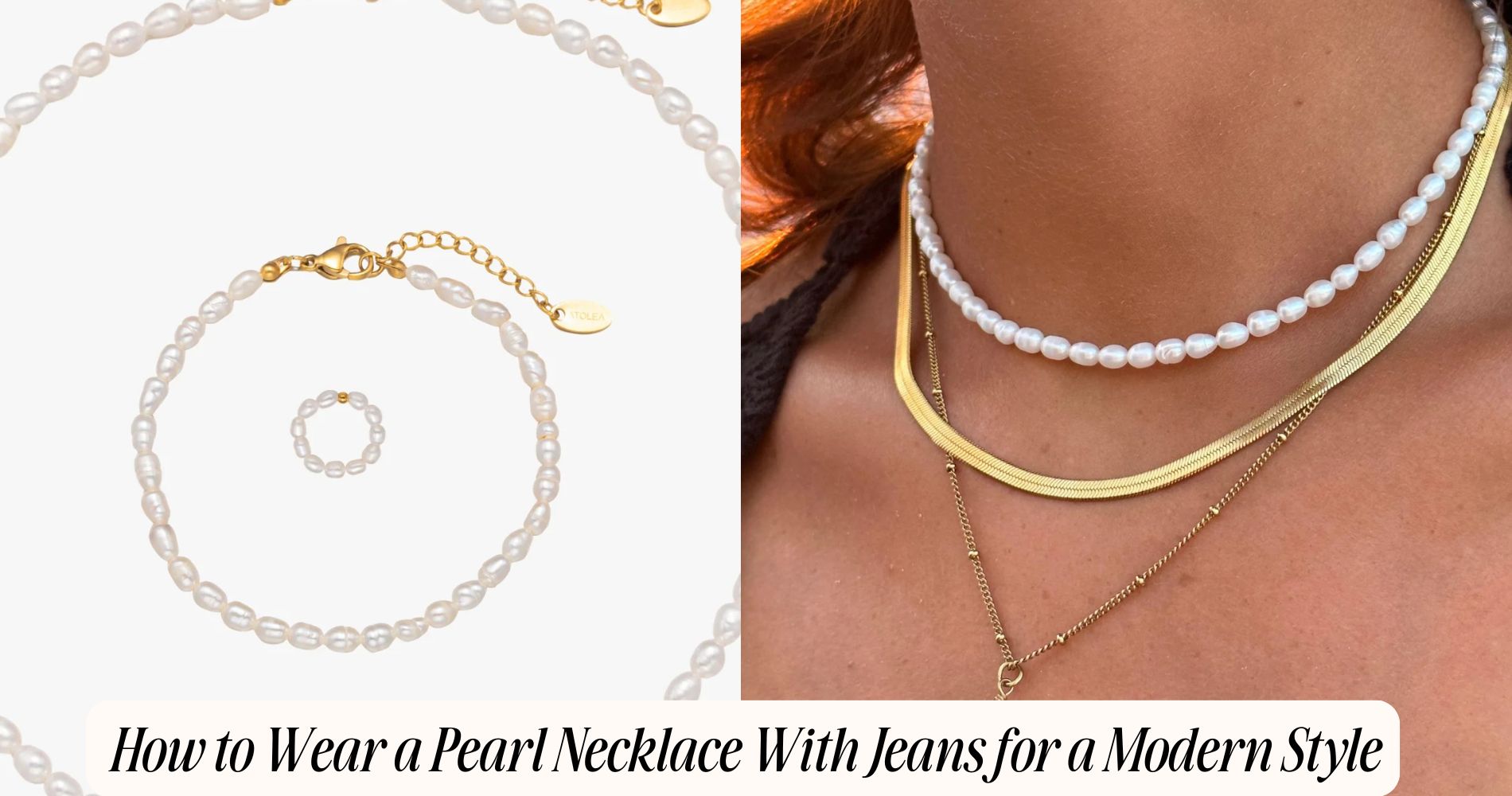




Leave a comment
This site is protected by hCaptcha and the hCaptcha Privacy Policy and Terms of Service apply.